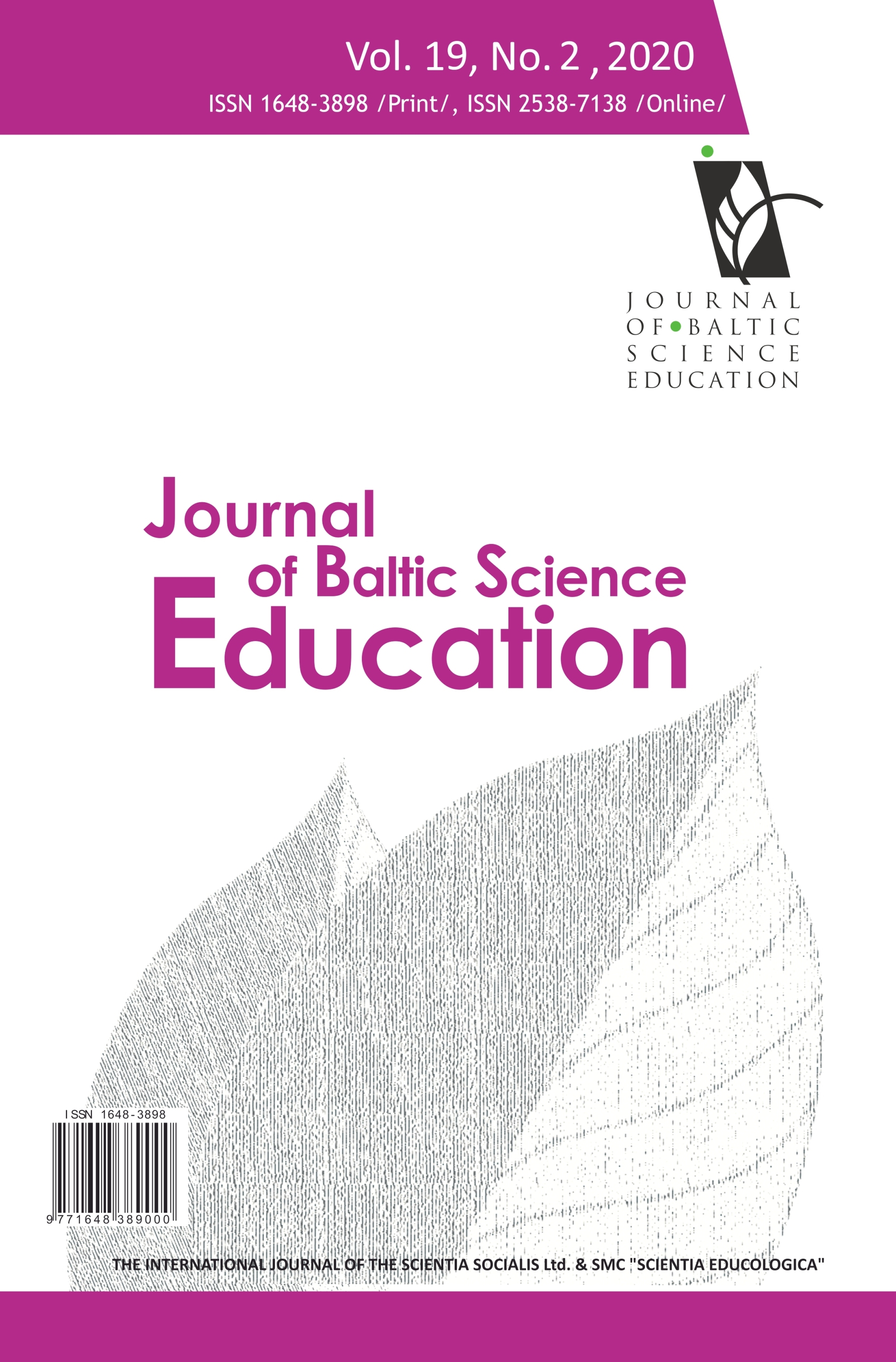STUDENTS’ ABILITY TO WORK WITH GRAPHS IN PHYSICS STUDIES RELATED TO THREE TYPICAL STUDENT GROUPS
STUDENTS’ ABILITY TO WORK WITH GRAPHS IN PHYSICS STUDIES RELATED TO THREE TYPICAL STUDENT GROUPS
Author(s): Jana Skrabankova, Stanislav Popelka, Marketa BeitlovaSubject(s): Social Sciences, Education, School education
Published by: Scientia Socialis, UAB
Keywords: education in physics; gifted children; graph; eye-tracking; experimental study;
Summary/Abstract: Graphs are often used to represent mathematical functions, to illustrate data from social and natural sciences, or to specify scientific theories. With increasing emphasis on the development of scientific research skills, the work with graphs and data interpretation are gaining in importance. The research involved an eye-tracking experiment conducted to evaluate student work with graphs in physics. Eye-movement data were recorded using the GazePoint eye-tracker. A total of 40 third-year grammar school students participated in the research. These students were allocated into three groups by a physics teacher. These groups were called PLUS, AVERAGE and MINUS. The PLUS group showed excellent results in education and included gifted physics students. The MINUS group was composed of the opposite end of this cognitive spectrum, whose members made the most mistakes in graph reading. The aim of the experiment was to find the differences between students allocated to these three groups and to evaluate whether the allocation based on the teacher’s experience, long-term observations and the students’ previous achievements was sufficient. The results showed that students from all three groups had problems with reading graphs in physics. According to the eye-movement data, several students who had been incorrectly assigned to groups were identified.
Journal: Journal of Baltic Science Education
- Issue Year: 19/2020
- Issue No: 2
- Page Range: 298-316
- Page Count: 19
- Language: English

